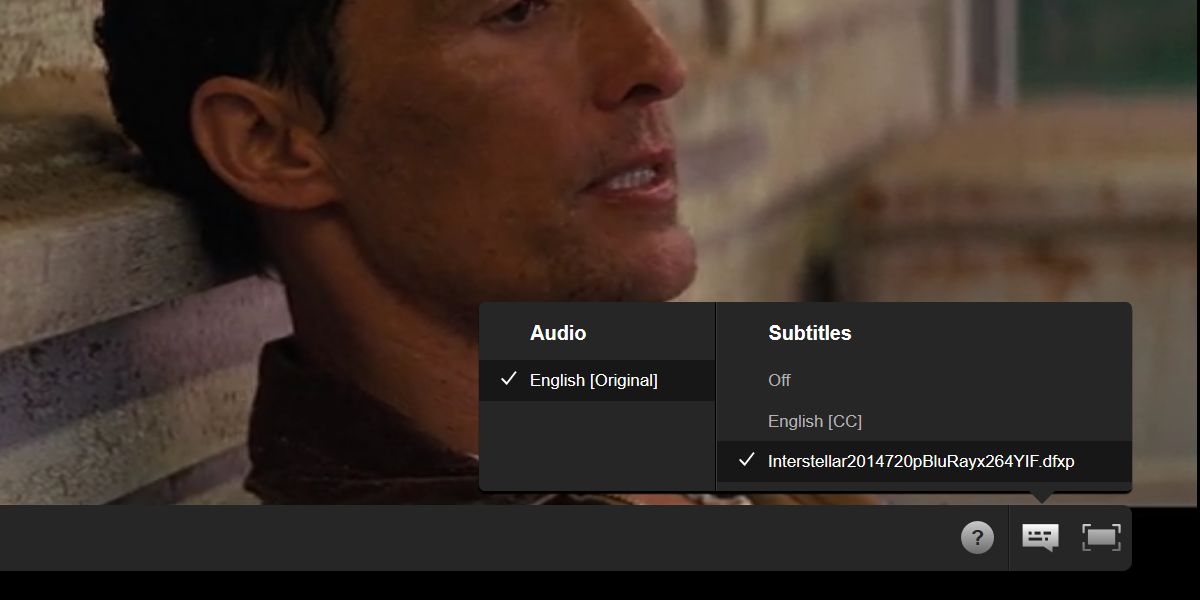
Netflix topped the table, with 151.6 million subscribers as at November 2019, according to the FIPP Global Digital Subscription Snapshot. My first musing was around the languages that subscription video streaming services are using, so I began looking at the most popular companies. The Importance of Localization and Language Being devoted to all things language-related, I decided to come at it from that perspective, putting translation and localization under the microscope.

Video streaming has grown so massively and so rapidly that I thought it was worth taking a look at the industry in a little more depth. According to global trade association FIPP, paid subscription numbers now total 683 million – and that’s not even counting the 75 million or so Amazon Prime Video subscribers. Personally, I could name maybe eight or nine subscription-based video streaming services if pushed to do so, but there are actually over 400 such services around the world. The Motion Picture Association of America announced in March 2019 that global video streaming services had surpassed those with a cable connection, with the figures standing at 613.3 million users and 556 million users respectively.
I ditched my cable subscription about three years ago (sorry, Sky) and these days rarely watch anything on live TV, other than the news. I’m already a Netflix and an Amazon Prime subscriber, consuming almost all of my TV shows and movies through video on demand services.ĭo you get most of your screen-based entertainment through a video on demand service? Or maybe more than one? If so, read on to explore the challenges that these companies pose to localization services when it comes to closed captioning, subtitling and video translation! The Growth of Video Streaming I subscribed to Disney+ last month and my kids have been watching it non-stop ever since.


 0 kommentar(er)
0 kommentar(er)
